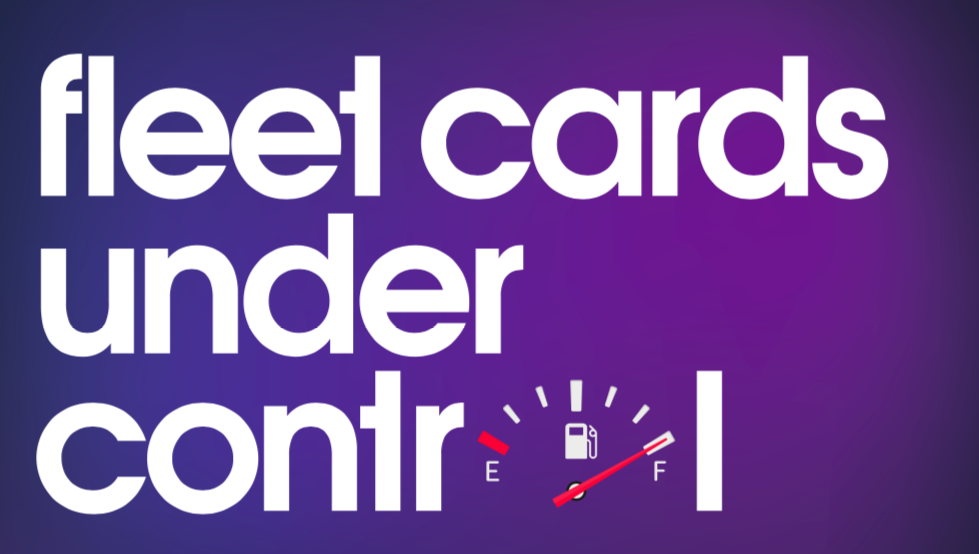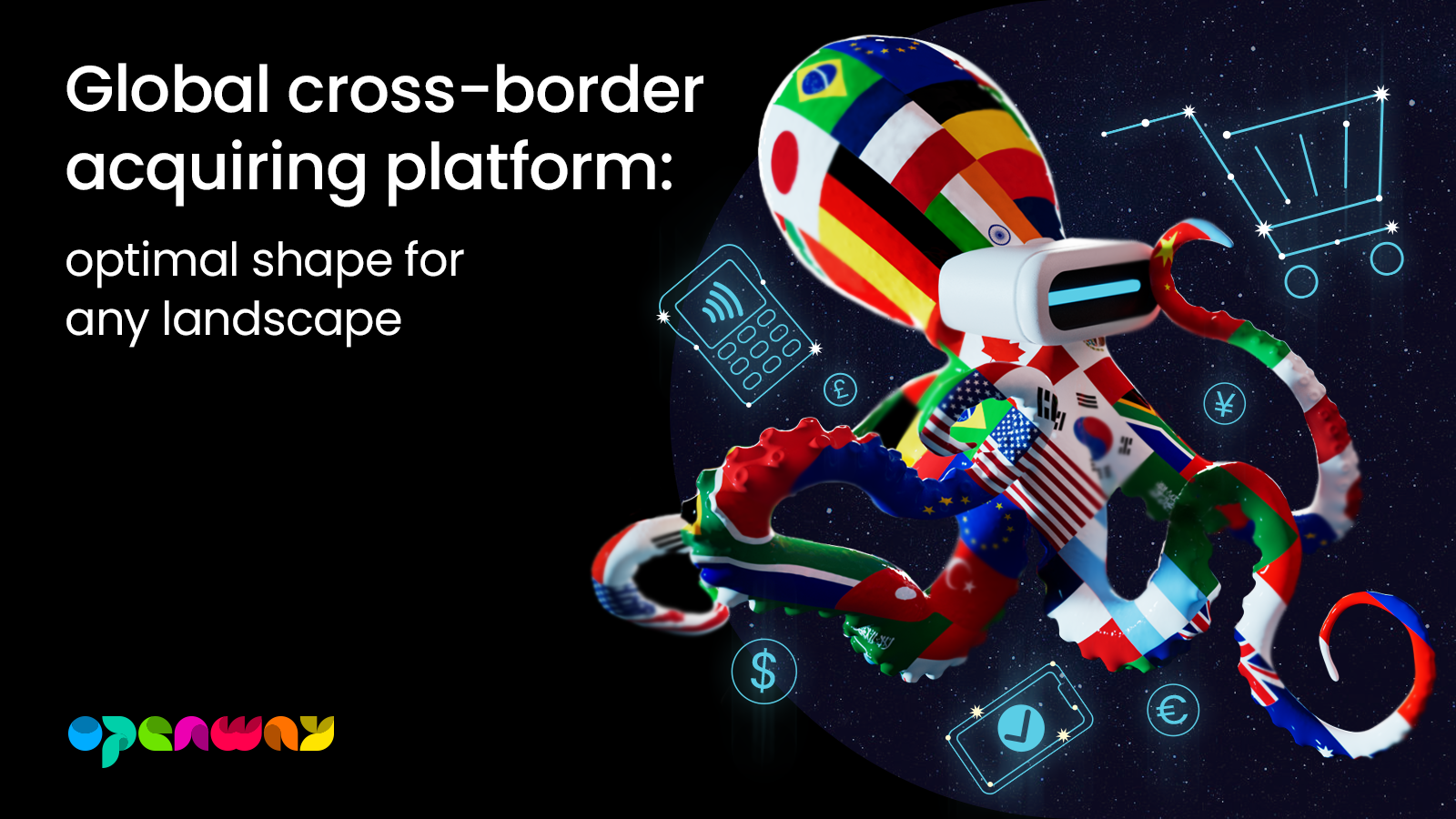Your system probably fits the needs of your business now and for a couple of years into the future. But will this still be the case in 2022? We encourage you to challenge yourself. Is your current system for managing fleet card payments ready for your “next big thing”?

Does your system support business growth?
This is the most important question. When you expand cross-border, your fuel card system should support multi-currency payments and be compliant with local accounting regulations. If you acquire or merge with another fuel company, the system should be able to handle multiple entities, with streamlined card payments operations across all business units. Furthermore, if you have a successful year and double your customer base, your system should be able to process increased volumes without issues. Modern systems provide scalability and do not limit your growth opportunities.
Are you flexible enough to provide the best experience for your customers?
As a fuel retailer, you want the best service experience at your petrol stations for corporate drivers and individual customers alike. They deserve the latest payment innovations you can offer. But if your card system or service provider is lagging behind, you lose control over how and when you roll out new features.
For example, real-time payments have become a game changer for corporates. Your system should be able to check the limits, assess risks, calculate the best price, and apply discounts – all online and in real-time. Fleet managers expect to see the updated balance just moments after the top-up…


